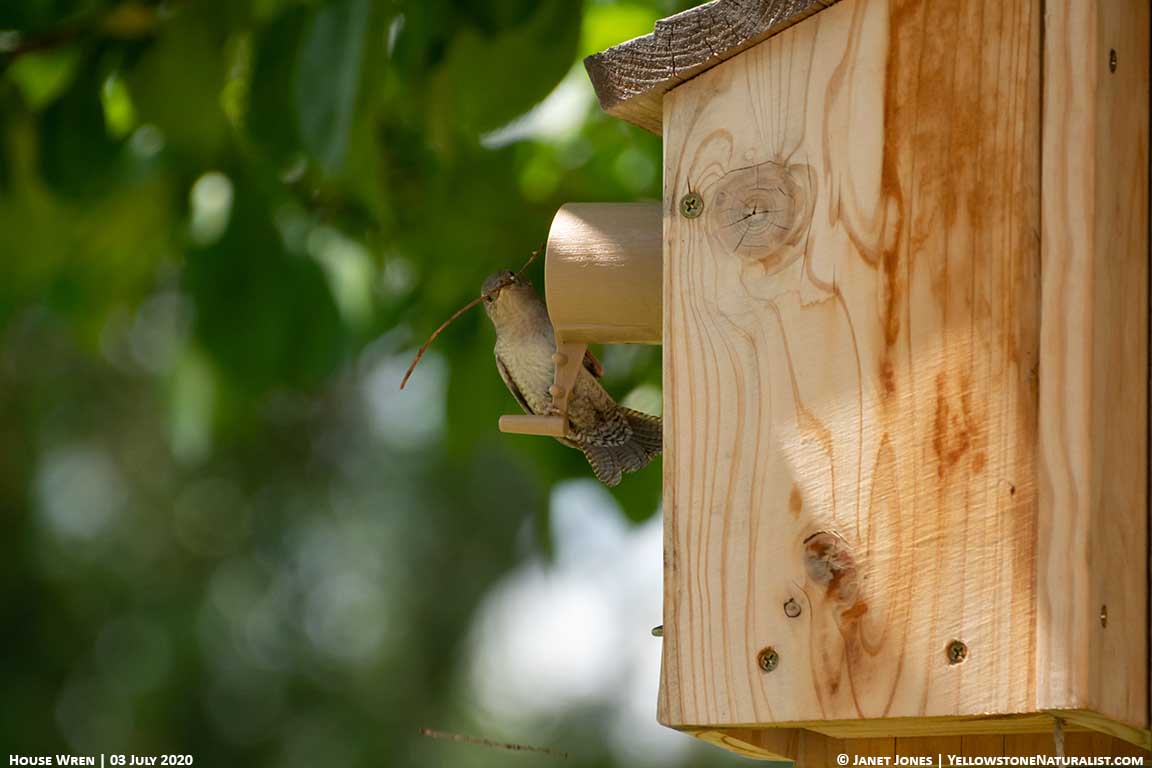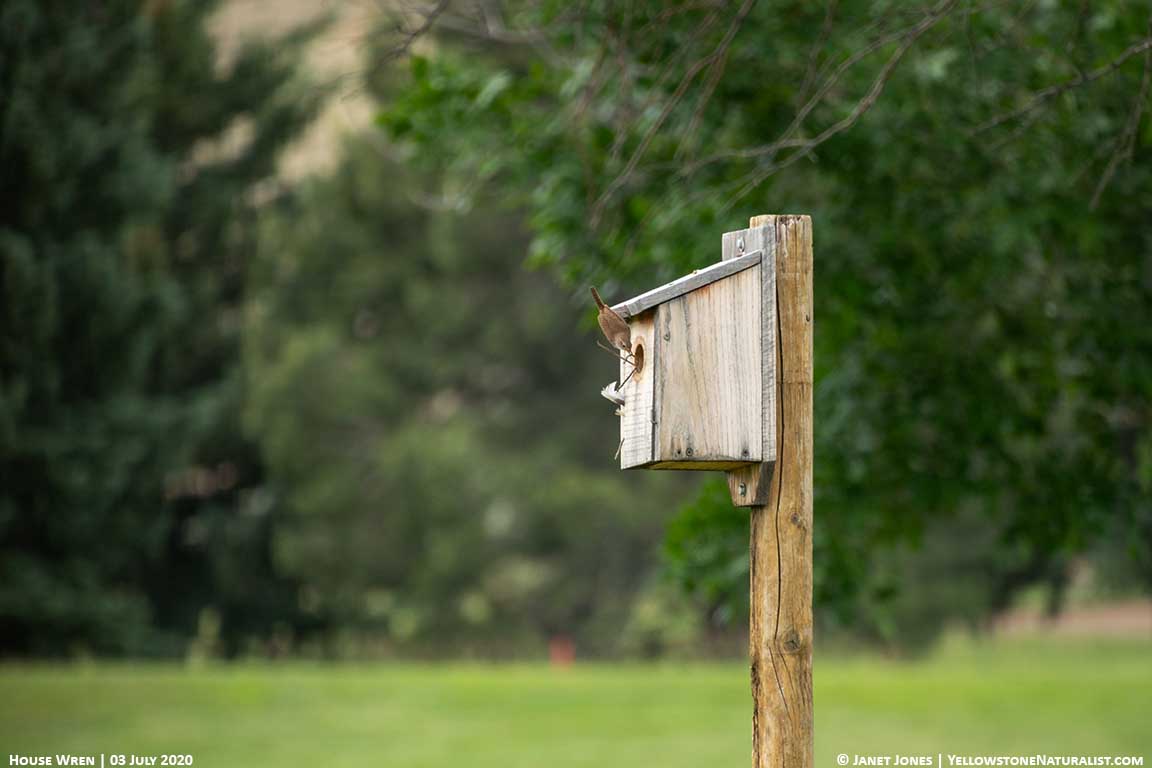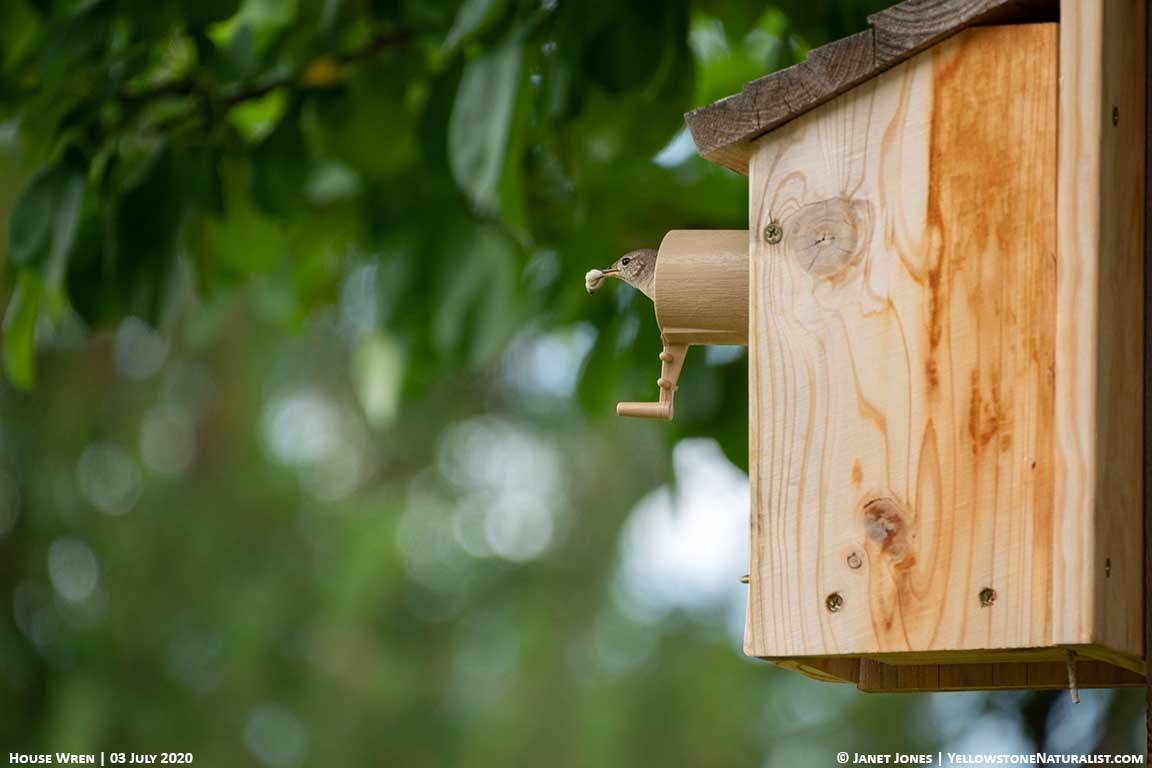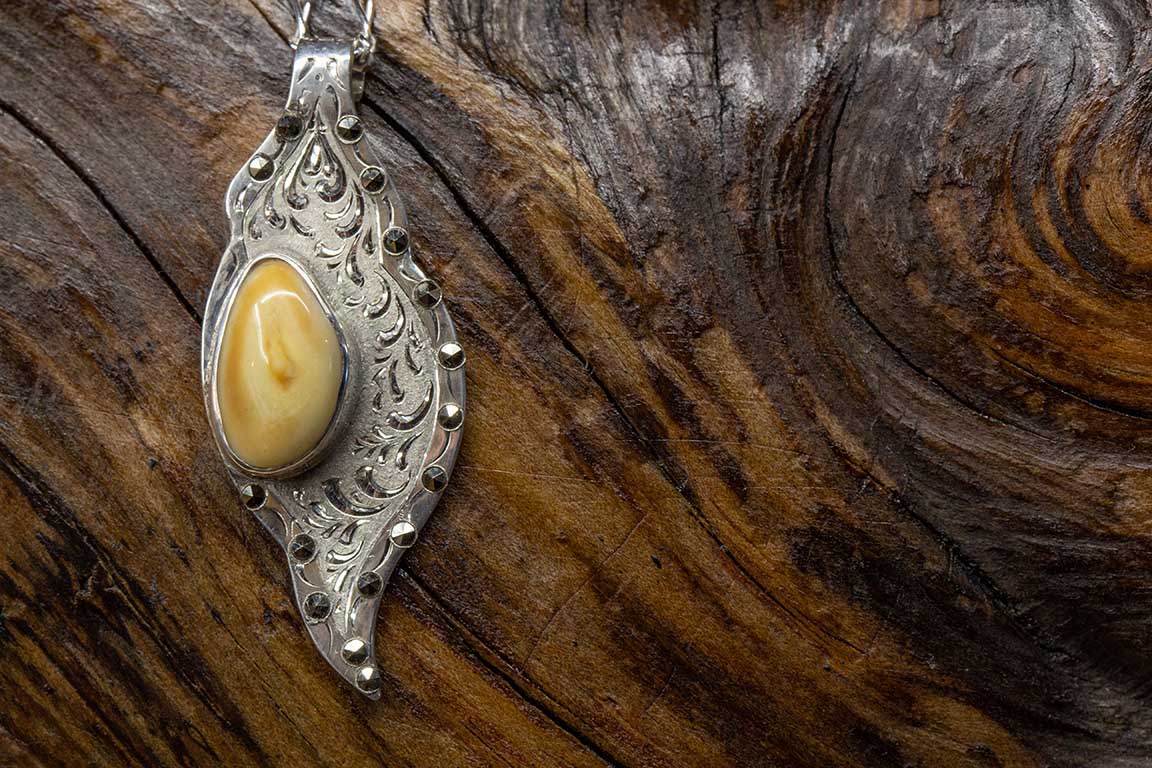House wrens get a second home
We have a couple of bluebird boxes here at the house. One was taken this spring by the Tree Swallows and the other taken by House Wrens. Last Thursday night, raccoons attacked the Tree Swallow nest. I spent much of Friday morning watching the local neighborhood drama for another field journal entry.
This post contains affiliate links. That means that if you follow a link and make a purchase, I receive a small portion of that purchase at no extra cost to you.
3 July 2020 | At home in Cody, WY | House Wren Observations
Mom came down to let me know the Tree Swallow nest had been ransacked by raccoons overnight. Looking out the window, sure enough, the bottom part of the box had been partially opened, and feathers were on the ground. Mom went back to close up the box again. I see from my phenology notes that it was on 27 June 2017, when the raccoons raided this same bird box
Not long after, we noticed a pair of House Wrens starting to clean out other feathers and sitting on top of the box. Could this be the same pair currently feeding chicks in the other nest box? The Tree Swallows were swooping around, trying to discourage the apparent intentions of the wrens. One started to pick up the feathers on the ground to add them back to their nest. This continued for about a half-hour. The swallows would fly up to the wren’s box and hover there as if threatening their current brood. The feathers were soon back on the ground again, and the swallows left. During this time, we also saw this same pair of wrens feeding chicks at the other nest box. So, yes, the same pair.
At this point, both of the wrens started work in earnest – gathering twigs like mad to add to the other nest box. The books I have say the male does much of the initial nest building and may partially construct multiple nests. Then the female may choose one – or find another location. Then they both finish the nest. In their currently active nest, they filled the nest up to the hole (that has an extension on it to ideally thwart raccoons). While on the eggs, they had a view of the world. On June 23, we found an eggshell from their nest, making the chicks ten days old today. They should fledge in five or six more days.
The chicks were basically being ignored even though their cries would briefly gain the attention of the wrens. One of the wrens would occasionally fly up to the hungry chicks, but she was confused. She often arrived with a stick in her mouth instead of food, but she’d head in with it anyway.
The Tree Swallows showed up less often, and when they did, they didn’t seem to want to fight for the location. At this point, what I’m guessing is the male continued to build the new nest, and the female went foraging for food for the chicks. Yet she’d still show up with a stick or two instead of a meal. And I imagine she took some food to the new nest in confusion with all the activity this morning.
By early afternoon it was clear that the Swallows were not going to fight for the nest box. All the rest of the day, one of the wrens continued to fill the nest box with sticks and twigs. The other got back to caring for the current brood.
Practicing Naturalist Skills
It’s small stories like this that allow you to become a better naturalist. Many may just have the goal of counting birds – and keeping lists of birds seen is essential data. Watching the behavior makes it more in-depth, and prods the one watching to dig a bit more for information. It’s a part of triggering curiosity. Some of the questions I ended up asking were:
- How many broods do house wrens have each year?
- Is it the male or female that builds the nests? Or both?
- How long is it from hatching until the chicks fledge?
- Will they finish building the next nest while teaching the fledglings to forage on their own?
We ended up digging out a few bird books we have on hand and looking up more information on the internet. If you click on some of these, you’ll see where building a naturalist’s library can sometimes prove to be quite an investment. Some of these books were purchased when they first came out and have increased dramatically in value – others not so much. Here’s a list of some of the bird books we used:
- Western Bird Nests
- A Guide to Bird Behavior, Vol. 1 (we also have volume 2, but not volume 3)
- Birds of Colorado, Vol 2 (we also have volume 1)
Other books to consider that have information on bird behavior:
Use the YellowstoneNaturalist affiliate link
(and sign up for the YN Newsletter at the bottom of the page.)
Be Outside • Take Notes
AFFILIATE LINKS
This site contains affiliate links. If you click on a link and make a purchase, I receive a small portion of that sale at no extra cost to you. Your purchases help to keep this site in development.
SHOP ON AMAZON
GET MORE NEWS AND ANNOUNCEMENTS
Sign up for the Yellowstone Naturalist Newsletter



